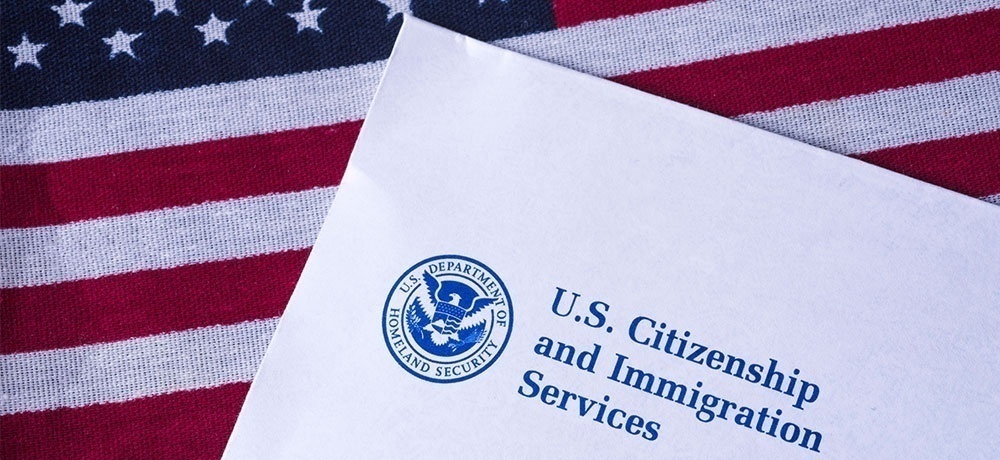
DHS and DOL introduce separate regulations that will greatly impact H-1B occupation filings and prevailing wage determinations
Categories: Attorneys , Business Immigration , Business Law , Citizenship , Citizenship Green Cards , Commercial Litigation , Commercial Transactions , Corporate Law , Green Cards , Immigration Law , International Law , Investment Visas , Law Firm , Lawyers , Legal Services , Real Estate , Software Agreements , Technology Law , Trusts And Estates
Pasricha & Patel
Both the Department of Homeland Security and the Department of Labor have simultaneously announced regulations that would not only restrict H-1B eligibility by redefining H-1B specialty occupation and the employer-employee relationship but also raise the wage minimum levels for the H-1B and the alien labor certification PERM filings. The H-1B regulation changes are being published in the Federal Register starting on October 8, 2020, and they will be subject to a public comment period, but the new regulations will still take effect 60 days from October 8, 2020. On the other hand, the Department of Labor’s minimum wage changes are set to take effect immediately and without any opportunity for the public to comment on them.
Among the various H-1B regulation changes, DHS has introduced new requirements such as:
- H-1B specialty occupation usually requires a bachelor’s degree or equivalent as the minimum requirement. The new regulation will require the bachelor's degree requirement must be directly related to the specific H-1Bspecialty. This means that an offered position will not qualify for H-1Bspecialty occupation if only a general degree is required to fill the position. The new regulations require that the position must require a specialized degree in order to qualify as an H-1B specialty occupation.
This puts various positions in business and management and general liberal arts fields in jeopardy of not being considered H-1B specialty occupation.
- USCIS is clarifying that in order to prove that an employer-employee relationship does exist, not only should the employer demonstrate that there is a right to control and supervise and hire and terminate the employee, but they're also needs to be evidence to show that the H-1Bbeneficiary is providing an end-product that can be directly linked to the H-1B petitioner’s line of business.
This is similar to what the USCIS requires of L-1B specialized knowledge intracompany transfer workers to show that the end product will benefit the H-1B employer’s business directly.
- USCIS is also re-introducing the various documentation requirements such as itinerary, and contracts, and work orders, and related and similar supporting documentation to show that there will be an employer-employee relationship and that the work being performed by the H-1B beneficiary will be in a specialty occupation. These requirements have been added back by the USCIS, even though these same requirements were previously invalidated via federal civil litigation earlier in 2020.
- USCIS is also capping the H-1B approval validity period for those H-1B petitions that are filed with third-party placements to one (1) year instead of the maximum three (3) validity period.
These are just some of the regulatory changes that will greatly impact H-1B petitioners and H-1B beneficiaries once the rule goes into effect.
For the changes introduced by the Department of Labor:
- They will take effect immediately on October 8, 2020.
- The rule changes will impact the use of the online wage surveys that are used for H-1B Labor Condition Application ETA 9035 filings.
- The rule changes will also impact those prevailing wage determination(PWD) requests that are currently pending with DOL.
- The rule change does * not* affect any already certified LCAs, and it does not impact those prevailing wage determinations that have already been issued by the Department of Labor prior to October 8, 2020.
Traditionally, the DOL uses the wage data provided by the Bureau of Labor Statistics to set the prevailing wages for various occupations. Up to this point, the prevailing wage rate has usually be determined by setting the average wages paid to workers to similarly employed workers who work in particular occupations in the geographic area of intended employment. Then, the wage data – the Occupational Employment Statistics (OES) is separated into four (4) wage levels, starting from entry-level to experienced workers’ wage levels.
With the new regulations, the Department of Labor will raise each of the 4 levels of the online wage /data center wage levels to higher minimum wage levels. For example:
- Level 1 wage level will go from 17th percentile up to 45th percentile.
- Level 2 wage will go from 34th percentile to 62nd percentile.
- Level 3 wage will go from 50th percentile to 78th percentile.
- Level 4 wage will go up from 67th percentile to 95th percentile.
This rule change greatly impacts the H-1B employer’s ability to pay its H-1B workers, and it will certainly be cost-prohibitive for any H-1B employer who may want to employ an H-1B beneficiary who is just entering the U.S. workforce (i.e. those H-1B quota applicants).
Because this regulation represents such a dramatic change in the way the prevailing wage levels are calculated, and the fact the general public is not allowed to comment on the new regulations does mean that this will likely be challenged in court.
At this juncture, we recommend readers to check our site for any newer developments regarding these rule changes. Should you have any specific questions about these rules or any other immigration-related matters, we suggest you contact our office for further consultation.